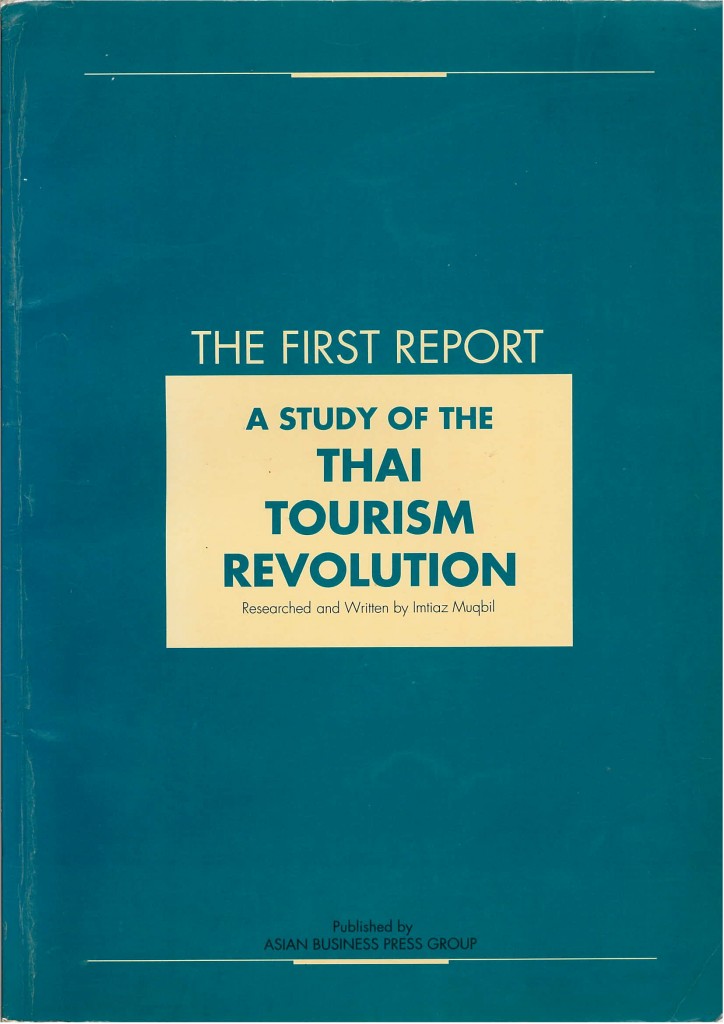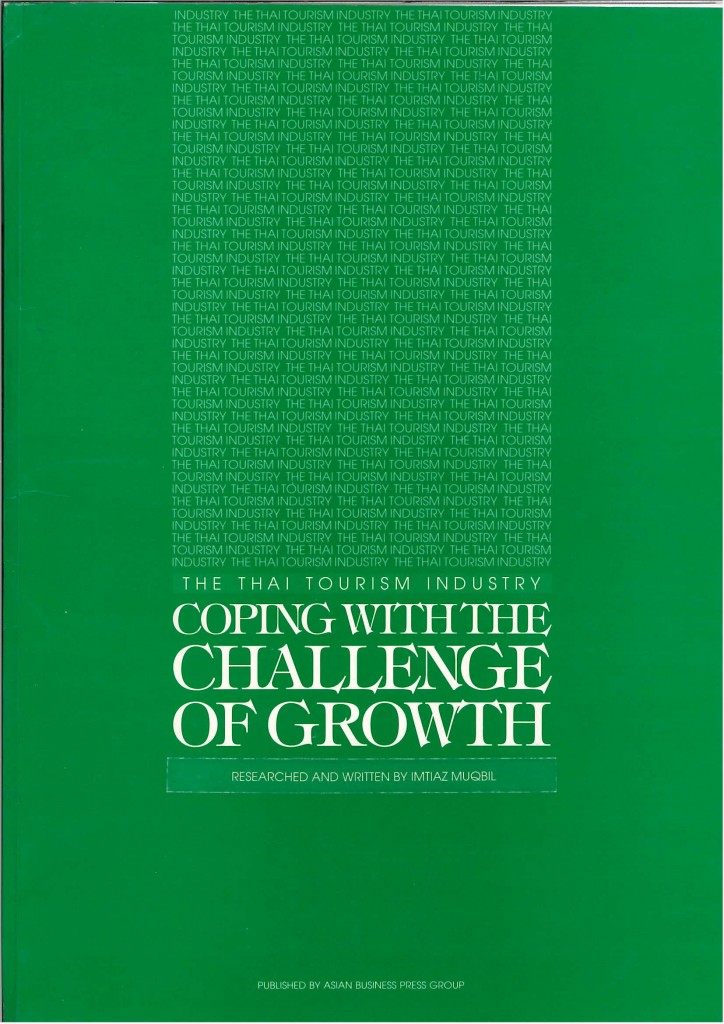21 Jul 2020
How Visit Thailand Year 1987 crafted the original “New Normal” for global tourism
Bangkok – In 1987, Thailand spearheaded an historic event which crafted a “New Normal” for Global Travel & Tourism well before the current rage.
With an unprecedented show of political, social, economic and cultural unity, the Thai people celebrated the auspicious 60th birthday of His Majesty the late King Bhumibhol Adulyadej the Great with Visit Thailand Year, a global invite to participate in the greatest marketing extravaganza of that era.
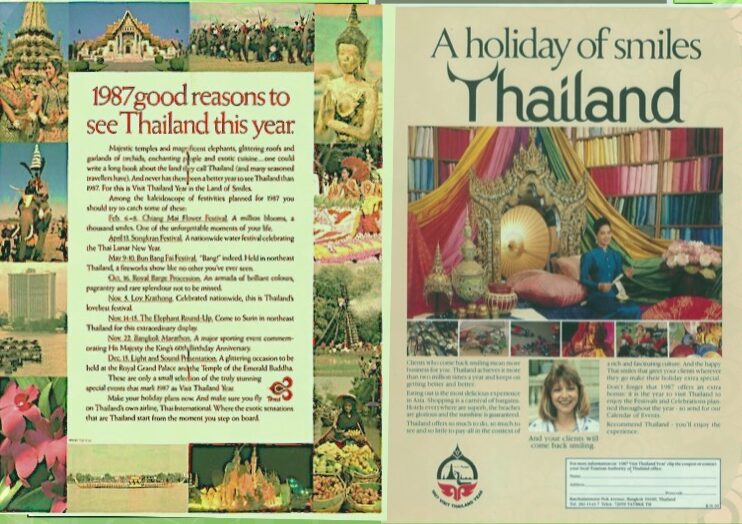
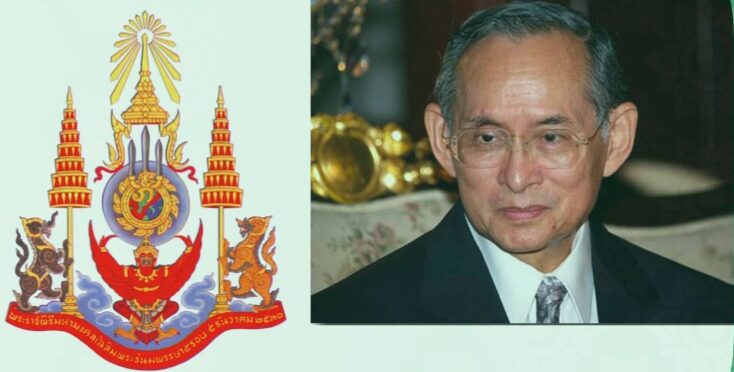
The resulting surge in visitor arrivals to the then princely total of 3.48 million, up a record-breaking 23.6% over 1986, revolutionised the industry, and caught the eye of global political and tourism leaders, investors and policy-makers.
In addition to uniting a country not known for that characteristic, it raised the value of tourism, gave further impetus to the mass travel movement and led to a surge in investment in Thailand, the ASEAN countries, the Asia-Pacific region and worldwide.
Governments saw an opportunity to create jobs, distribute income and raise the marketing profile and brand image of their respective countries. Private companies saw mega-bucks in the teeming middle-class millions seeking to explore the world and pile-up the ego-experiences.
As nothing succeeds like success, a number of copycat events followed, such as Visit Malaysia Year 1990, Visit Indonesia Year 1991 and then a Visit ASEAN Year 1992 to mark the 25th anniversary of the founding of that grouping.
International organisations like the World Tourism Organisation, PATA, ASEANTA and many other local and regional associations capitalised on the marketing momentum. The WTTC was formed in 1990 to push an agenda of removing barriers to growth, liberalising investment regimes, creating jobs and dismantling onerous tax regimes and restrictive visa and aviation policies.
As the ripple-effect spread, the Gold Rush saw billions of dollars chasing infrastructure, airports, highways, railways, convention centres and cruise terminals. Events such as the 1990-91 Gulf War and the oil crisis barely dented the surge.
A “New Normal” dawned for Global Travel & Tourism. And Visit Thailand Year 1987 was the conduit. That is why I refer to Thailand as “The Greatest Story in Global Tourism HiSTORY”.
As former Thailand Bureau Chief of Travel Trade Gazette Asia, I covered Visit Thailand Year 1987 at the coalface, warts and all. Alongside the euphoric successes, monstrous failures surfaced.
Tourism became a double-edged sword. Gargantuan marketing budgets politicised the industry. Greed and gluttony warped the financial mindset. Poor management, inadequate training facilities, environmental degradation, lax carrying capacity controls, encroachment and land speculation, tourist traps and shopping commission scams, rogue taxi-drivers and ghost guides, corruption, prostitution and sexually transmitted diseases, and much more.
I covered all that, too.
Today, I am proud to make publicly available the only two books ever written about Visit Thailand Year 1987 and its aftermath — making me the only global travel industry journalist to have documented that historic event.
The books steer clear of the fawning, sycophantic write-ups traditionally found in the colourful travel publications. Instead, I provided objective and forthright reporting to ensure balance and enhance credibility.
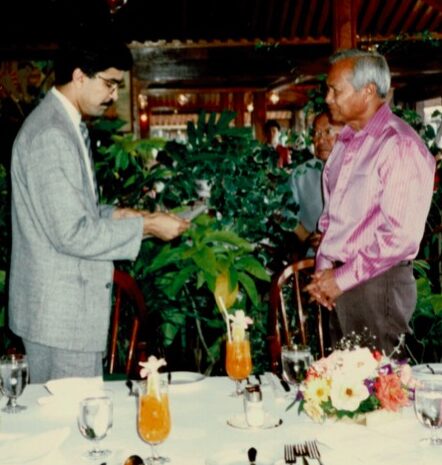
The author presented both publications to the late Prime Minister Gen Prem Tinsulanonda, who presided over Visit Thailand Year 1987.
Today, deep soul-searching is under way about the future of global tourism, due to the catastrophic Covid-19 virus. Visitor arrivals are likely to be back at the 1990s level. Everywhere, calls abound to rebuild, rethink, reflect, revive, re-this and re-that.
As learning the lessons of history is more important than ever, especially for the emerging generation, these books are my learning-curve contribution to shaping a better future for this great industry and humanity at large.
Perhaps the most critical point lost in the sands of time is that VTY 1987 was a celebration of great leadership.
HM King Bhumibhol was dearly loved for his integrity, commitment and wisdom. A true “Man of the People,” he was also the world’s greatest domestic tourist. Since 1961 until his death in October 2016, he never stepped out of Thailand (except for the opening ceremony of the first Thai-Laos Friendship bridge in 1994) choosing instead to visit villages and rural areas nationwide.
In later years, many more Royal events were celebrated, each of them designed to drive tourism growth and attract more budgets.
All of them simply repeated the same successes and failures of Visit Thailand Year 1987.
The biggest mistake by the Thai travel & tourism sector was to maximise the marketing value of the King’s status and leadership but blatantly ignore his management and national development concepts, especially the well-balanced Sufficiency Economy.
Rebalancing and Rectifying this deficit will need to become the most important of the Re’s if Travel & Tourism truly wants to seriously Build Back Better.
It is my earnest hope that these historic books will provide food for thought and make a positive contribution to that process.

